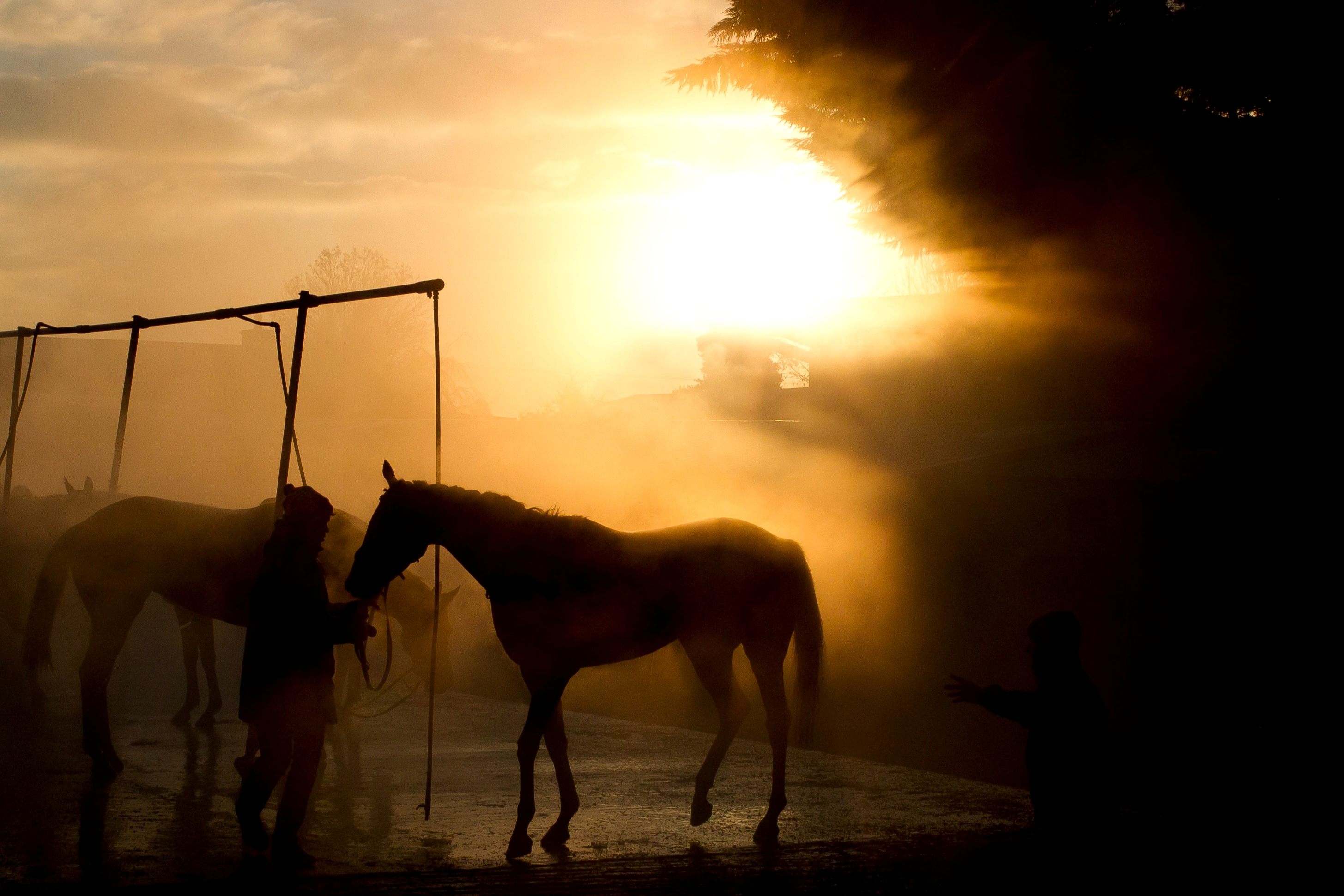
Trainers Course
Assessment Day Requirements
Prior to being accepted onto the Pre-Trainers Course, applicants are required to successfully complete a day of assessments to establish prior knowledge. This knowledge will be measured through practical and oral assessments, followed by a written exam. The exam consists of 22 questions, at least 20 questions must be answered (an exam reader can be provided once prior notice is given). The information listed below is to assist and prepare applicants for these assessments.
Areas that may be assessed in the practical assessment.
Fit a bridle with any variety of martingale and noseband, including identification and the reason for their use.
Fit a saddle with breast plate / breast girth.
Prepare a horse for the parade ring, including additional equipment as requested from the assessor e.g., Lead cloth, Tongue Tie, Blinkers, Cheek Pieces, Sheepskin noseband, Paddock sheet, Roller.
Oral and Written Assessment
You will be required to answer questions across all areas outlined below to demonstrate your knowledge.
| Areas of prior knowledge | ||||||
|---|---|---|---|---|---|---|
| Health and Safety | Feeding | |||||
| Applicants should familiarise themselves with the main rights and responsibilities of employers and employees as listed in the Safety, Health and Welfare at Work Act 2005, particular attention to Part 2 Chapters 1 and 2. A copy of the act is available for download at the following address: http://www.oireachtas.ie/documents/bills28/acts/2005/a1005.pdf |
| |||||
| Grooming and Clipping | Horse Health | |||||
|
| |||||
| Grassland Management | Transportation of Horses | |||||
|
| |||||
| Horse Clothing and Bandages | Saddlery | |||||
|
| |||||
| Shoeing | Exercising and Working Racehorses | |||||
|
| |||||
Please note 100% attendance is required for the Pre-Trainers Course to be eligible for Licence approval.
Any queries in relation to the Trainers Licence should be directed to the IHRB Licensing Department. Any grievances will be dealt with by the Licensing Department Manager.
Any queries relating to the preparation of the assessment of the pre-licence course should be directed to the Training Manager, R.A.C.E., Co. Kildare. Telephone No 045 522468